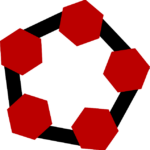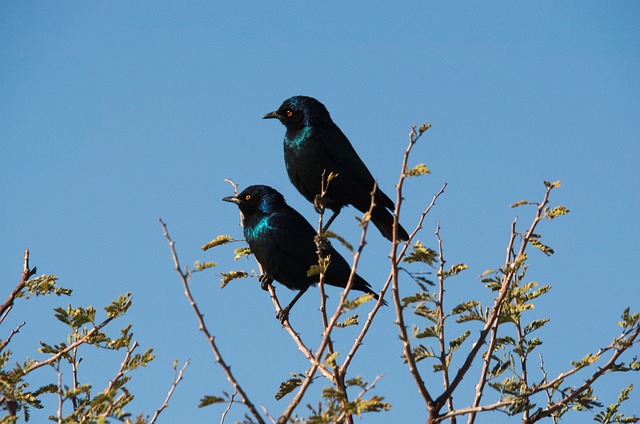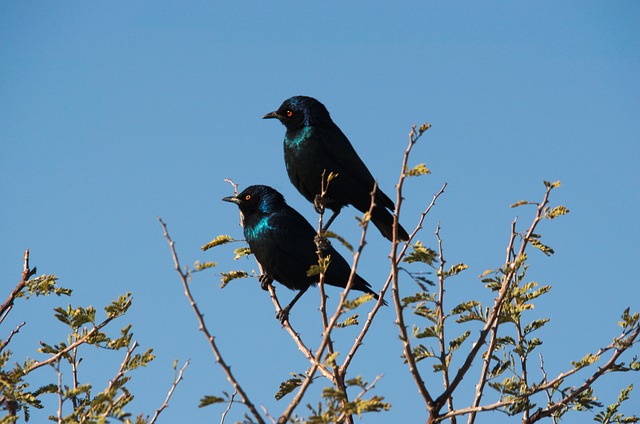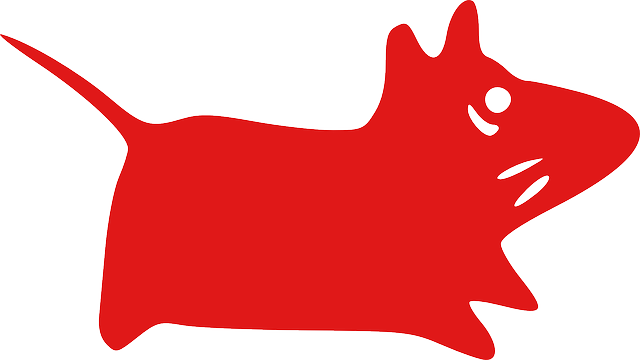# The Unique Evolutionary Trends of Interspecies Competition in Ancient Humans
## Introduction
Interspecies competition played a pivotal role in shaping the evolutionary trajectory of ancient humans, presenting a fascinating departure from the norms observed in most vertebrates. While climate change has traditionally been considered a major influence on the dynamics of hominin species, recent research has shed light on the significant impact of interspecies competition in driving evolutionary patterns. A groundbreaking study published in Nature Ecology & Evolution delves into the intricacies of speciation within the hominin lineage over a span of 5 million years, revealing a complex interplay of factors that have sculpted our evolutionary history.
## Exploring the Role of Interspecies Competition
Lead author Dr. Laura van Holstein from the University of Cambridge underscores the importance of acknowledging interspecies competition as a significant force driving the evolution of hominins. Contrary to the conventional belief that climatic fluctuations were the primary drivers of speciation, the study highlights the role of competition in shaping the emergence and extinction of hominin species. By examining the rates at which new species of hominins arose, researchers uncovered a pattern that challenges existing paradigms in evolutionary biology.
### Evolutionary Trends in Vertebrates
In most vertebrates, species evolve to occupy specific ecological niches, adapting to environmental challenges through a process of speciation and extinction. This pattern is consistent across diverse mammalian lineages, reflecting the influence of interspecies competition on evolutionary dynamics.
### Anomalies in Hominin Evolution
However, the evolution of the Homo lineage, which includes modern humans and their ancestors, presents a perplexing anomaly in the context of interspecies competition. Unlike other mammals, the speciation trends within the Homo group exhibit a unique pattern that defies conventional evolutionary paradigms.
### Unraveling the Speciation Puzzle
Van Holstein's analysis reveals a striking reversal in the speciation trajectory of Homo species, wherein the proliferation of new species corresponds to an increase in speciation rates. This phenomenon, characterized by the emergence of diverse Homo species despite ecological niche saturation, underscores the unconventional nature of hominin evolution.
### Comparative Insights from Island Ecology
Drawing parallels with the evolutionary trends observed in island-dwelling beetles, the study highlights the peculiarities of Homo speciation that align more closely with isolated ecosystems than with other primate or mammalian lineages. This analogy offers a fresh perspective on the mechanisms driving hominin evolution and the role of interspecies competition in sculpting our genetic lineage.
## Insights from Fossil Records and Modeling
To elucidate the complexities of hominin speciation, van Holstein curated a comprehensive database of fossil records encompassing 385 hominin species. Leveraging sophisticated modeling techniques, she reconstructed timelines of species emergence and extinction, offering new insights into the evolutionary history of ancient humans.
### Reinterpreting Evolutionary Pathways
One of the key findings from van Holstein's analysis challenges existing notions of evolutionary transitions within the hominin lineage. By reevaluating speciation events that were previously attributed to anagenesis, the study suggests that many hominin species may have diverged through a process of budding, where new species branched off from existing ones.
### Role of Technological Innovation
While traditional views attribute evolutionary adaptations to ecological factors such as diet and habitat, the study highlights the pivotal role of technology in driving speciation within Homo species. The adoption of stone tools, fire, and advanced hunting techniques enabled early humans to exploit new ecological niches rapidly, circumventing the need for extensive morphological evolution.
### Implications for Understanding Human Evolution
By unraveling the intricate interplay of interspecies competition, ecological dynamics, and technological innovation in shaping hominin evolution, this study offers a fresh perspective on the factors driving the emergence of modern humans. The unconventional speciation patterns observed in Homo species challenge conventional evolutionary models, underscoring the complexity of our evolutionary lineage.
## Conclusion
The study of interspecies competition in ancient humans unveils a rich tapestry of evolutionary dynamics that have shaped the course of human evolution. By shedding light on the unique speciation trends within the Homo lineage and the impact of technological innovation on evolutionary pathways, researchers have deepened our understanding of the complex interplay of factors that drove the emergence of modern humans. As we continue to unearth new insights from the fossil record and advance our modeling techniques, the story of human evolution promises to reveal ever more intriguing twists and turns in the ongoing saga of our species' origins.
























